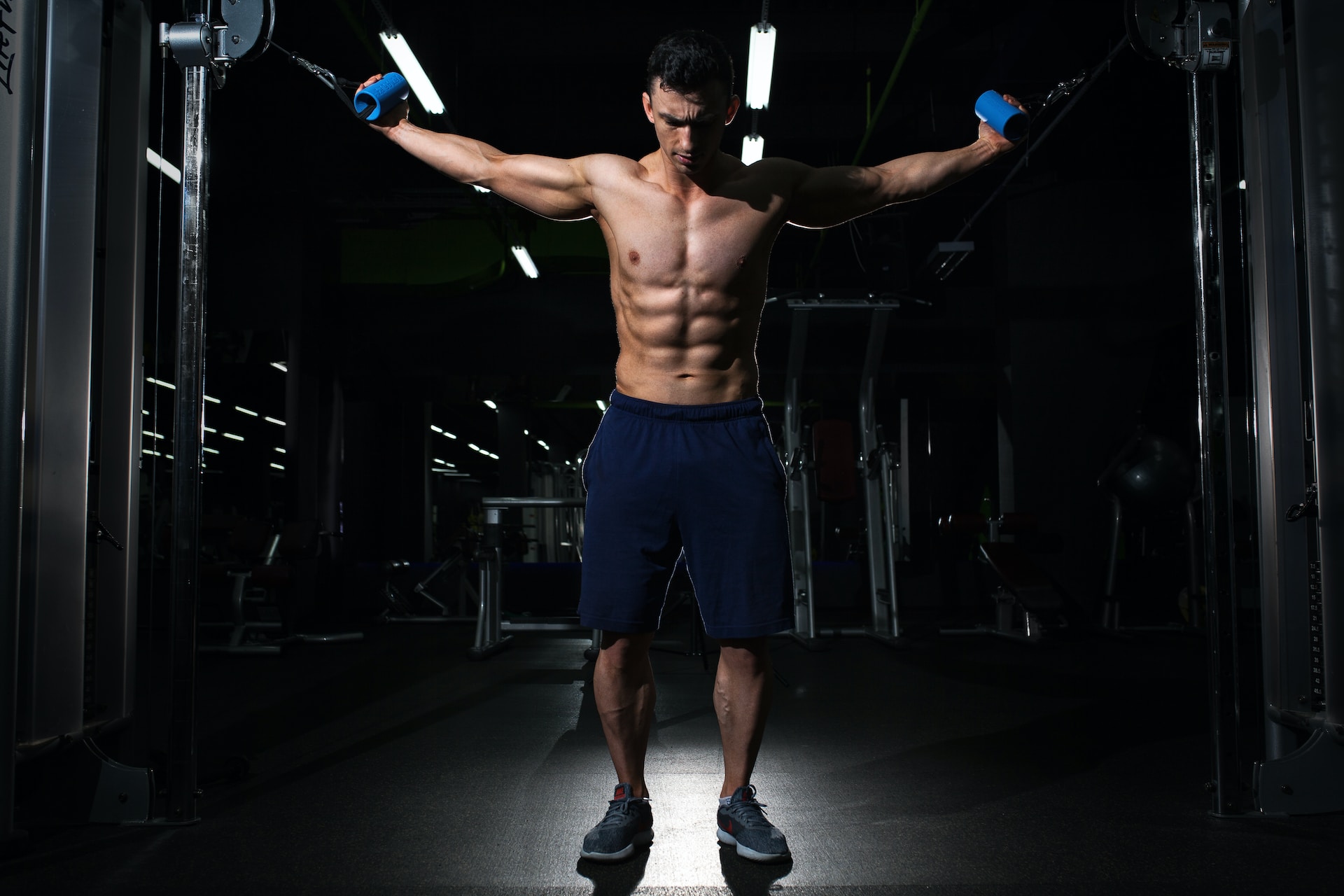Contents
- 1 Shoulder exercises that are essential
- 2 Overhead Shoulder Press:
- 3 Lateral Raises:
- 4 Front Raises:
- 5 Bent-Over Lateral Raises:
- 6 Face Pulls:
- 7 Upright Rows:
- 8 Push-Ups:
- 9 Shoulder Shrugs:
- 10 Overhead Shoulder Press:
- 11 Lateral Raises:
- 12 Front Raises:
- 13 Bent-Over Lateral Raises:
- 14 Face Pulls:
- 15 Upright Rows:
- 16 Result
Shoulder exercises that are essential
Exercising your shoulders can help improve their strength, stability, and flexibility. It’s important to perform a variety of exercises that target different parts of the shoulder muscles for a well-rounded workout. 휴대폰 소액결제 현금화 루트 Here’s a list of shoulder exercises you can consider:
Overhead Shoulder Press:
Stand or sit with a dumbbell or barbell at shoulder height.
Press the weight overhead, extending your arms fully.
Lower the weight back to shoulder height with control.
This exercise targets the deltoid muscles.
Lateral Raises:
Hold dumbbells in your hands by your sides.
Raise your arms laterally to shoulder height.
Lower the weights with control.
This targets the lateral deltoids.
Front Raises:
Hold dumbbells in your hands in front of your thighs.
Raise your arms forward to shoulder height.
Lower the weights in a controlled manner.
This targets the front deltoids.
Bent-Over Lateral Raises:
Bend forward at the hips, keeping your back straight.
Hold dumbbells in front of you.
Raise your arms laterally to shoulder height.
Lower the weights slowly.
This exercise targets the rear deltoids.
Face Pulls:
Attach a rope handle to a cable machine at chest height.
Hold the rope ends with your palms facing each other.
Pull the rope towards your face, squeezing your shoulder blades.
This helps improve rear deltoid strength and posture.
Upright Rows:
Hold a barbell or dumbbells in front of you, hands close together.
Pull the weight upward along your body, leading with your elbows.
Keep the weight close to your body and your wrists neutral.
This exercise works the traps and lateral deltoids.
Push-Ups:
Assume a push-up position with your hands slightly wider than shoulder-width.
Lower your body, bending your elbows.
Push back up to the starting position.
Push-ups engage your chest, triceps, and shoulders.
Shoulder Shrugs:
Hold dumbbells at your sides.
Lift your shoulders toward your ears, squeezing at the top.
Lower your shoulders back down.
This targets the upper trapezius muscles.
Overhead Shoulder Press:
You can perform this exercise while standing or seated.
Use a barbell, dumbbells, or a shoulder press machine.
Keep your core engaged to stabilize your body and prevent excessive arching of the lower back.
Avoid using momentum by using controlled movements and focusing on your shoulder muscles.
Lateral Raises:
Experiment with different hand positions (palms facing down, thumbs up, or thumbs rotated slightly inward) to target slightly different parts of the lateral deltoids.
To increase intensity, try holding the top position of the raise for a brief pause before lowering the weights.
Front Raises:
Similar to lateral raises, you can vary hand positions to change the emphasis on different parts of the front deltoids.
Avoid swinging your body and keep your core stable.
Bent-Over Lateral Raises:
Make sure to maintain a neutral spine and engage your core.
Initiate the movement from your shoulder blades, not your arms, for proper muscle activation.
Use lighter weights than you would for regular lateral raises, as this exercise can be more challenging due to the bent-over position.
Face Pulls:
Focus on pulling the rope towards your forehead or upper face while squeezing your shoulder blades together.
Keep your elbows high and pointed outward during the movement.
Adjust the cable height to change the angle of the pull and target slightly different areas of the rear deltoids.
Upright Rows:
Avoid pulling the weight too high, as it could put excessive strain on your shoulder joints.
If you experience discomfort during this exercise, consider using a narrower grip or substituting it with safer alternatives like lateral raises.
Result
Remember to start with a warm-up to prepare your muscles and joints. Choose a weight that challenges you but allows you to maintain proper form. Perform 2-3 sets of 8-12 repetitions for each exercise. If you’re new to exercising or have any pre-existing medical conditions, it’s a good idea to consult with a fitness professional or medical expert before starting a new exercise routine.
